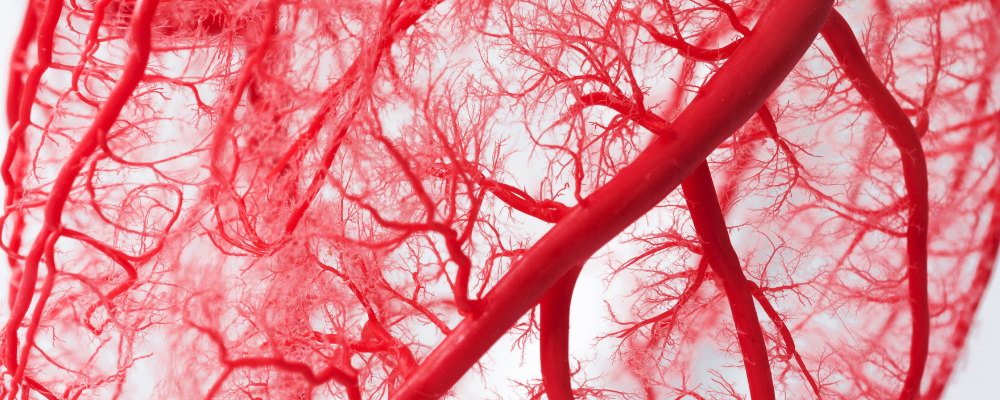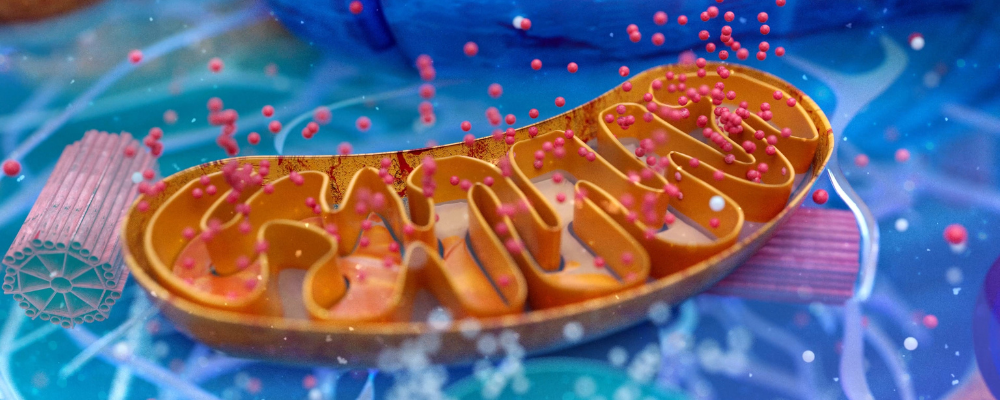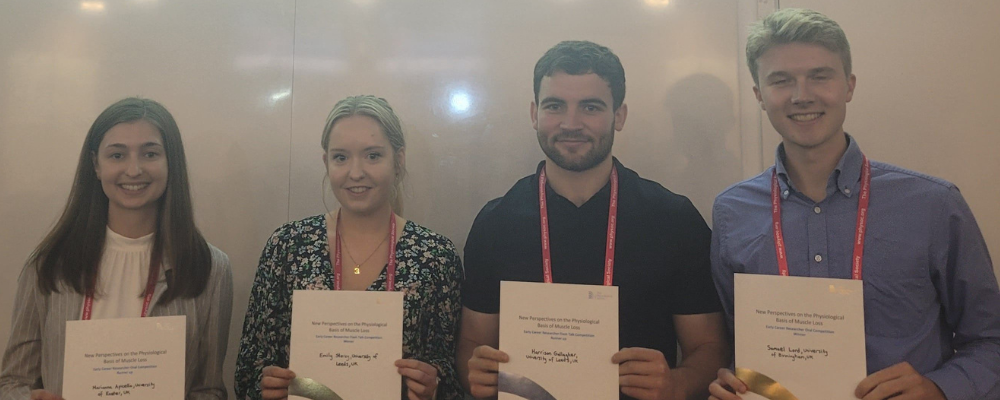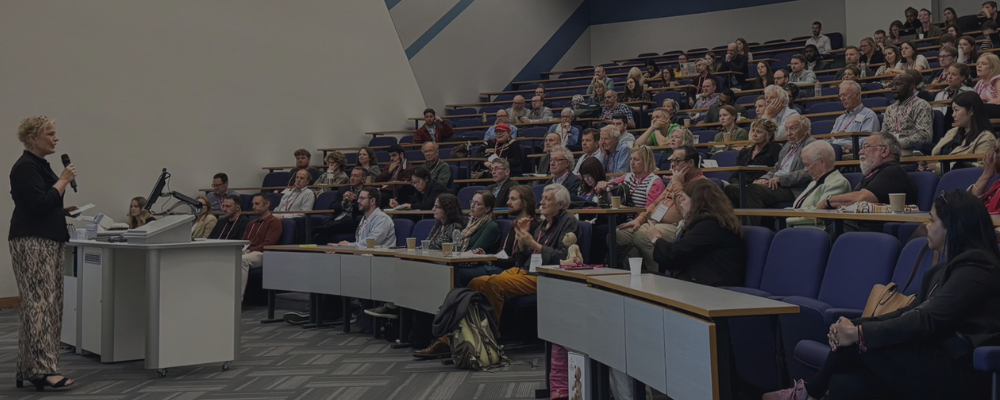
A giant in microcirculatory and vascular biology research
23 March 1938 – 19 July 2024
By David O. Bates, J. Rodney Levick and Geraldine F. Clough
Professor Charles Michel was a physiologist of extraordinary curiosity, intellect, rigour and courtesy. He was a driving force behind the transformation of research in the microcirculation from descriptive to quantitative investigation. His research findings first at Oxford, then St Mary’s Medical School, London, and later at Imperial College, resulted in a novel discovery of the nature of the permeability of blood vessel walls, and in particular of the role of the surface ‘fuzzy coating’ (glycocalyx) of endothelial cells in acting as a molecular sieve. This research has since been instrumental in the development of effective treatments for shock, and other conditions with increased vascular permeability.
Early life
Christopher Charles Michel was born in Leeds in 1938, and in his early life lived next to Headingly cricket (and rugby league) ground, resulting in a lifelong love of both sports. He attended Leeds Grammar School, and then was awarded a Hasting’s Scholarship to The Queen’s College Oxford to study Medicine. Charles quickly developed an interest in physiology, and after his second year of Medicine undertook a year to complete a BSc in Physiology. During this third year he was awarded a Christopher Welsh Scholarship to study for a DPhil in physiology, with Dan Cunningham and Brian Lloyd on changes in blood pH as it flows through the vasculature. It was here that he first developed an interest in the behaviour of fluids and solutes as they pass through and across the microvasculature. After completing his DPhil, he undertook postdoctoral work with Fred Kao in New York on oxygen consumption in muscle. When he returned to Oxford he was appointed College Fellow by Sir Howard Florey, provost of The Queen’s College, and to a lectureship in the Department of Physiology run by GL Brown.
Experimental discoveries
His research program investigated the physiology of single cannulated capillaries, including measurement of capillary pressure using micropipettes. His work with J Rodney Levick showed that the pressures in human capillaries at heart level were slightly larger than the colloid osmotic pressure of the blood, providing experimental evidence for fluid filtration across the vessel wall as predicted by Starling in 1986. His main work however was on single capillaries in frog mesentery, because amphibians have larger capillaries than mammals and were easier to cannulate.
He showed that, in contrast to a long-held view, fluid movement across the capillary wall (a thin layer of endothelium) was non linear in the steady state. Filtration from blood to tissue can be maintained, but absorption of fluid into the vessel is only transient. This experimental discovery was triggered by his mathematical analysis of flow across a leaky semipermeable wall in the prestigious American Handbook of Physiology. The resulting equations predicted the non linearity, were later proved experimentally.
In 1980 he moved to St Mary’s Hospital Medical School (later Imperial College) London, as Head of the Department of Physiology, and working with Geraldine Clough, Mary Phillips, Roger Adamson and Chris Neal developed techniques to investigate the ultrastructure of the capillary wall in vessels of directly measured permeability. Here they discovered the glycocalyx that coats the vessel wall, and working with FitzRoy Curry at the University of California at Davis and the Sheldon Weinbaum at the State University of New York developed the novel fibre matrix theory of vascular permeability. An earlier finding that positively charged arginine in plasma albumin greatly reduces endothelial permeability could now be accounted for in terms of binding to the glycocalyx.
The Michel-Curry-Weinbaum model also made the counter-intuitive prediction that oncotic pressure in interstitial fluid should have a much smaller effect on transendothelial filtration rate than does plasma oncotic pressure, a prediction subsequently confirmed experimentally by Curry and Adamson. The glycocalyx model allowed for the development of models to predict the behaviour of capillaries in disease states where the surface glycocalyx (the fibre matrix) is disrupted. This is now understood to be a principal component of conditions where fluid homeostasis is disrupted, including shock, diabetes and kidney disease.
Service to microcirculatory and vascular biology research
Charles was a keen communicator of science, being an active member of The Physiological Society, for whom he acted as Meetings Secretary from 1980-1983, and the British Microcirculation Society, of which he was president from 1991-1993. Charles was an exceptionally courteous but rigorous contributor to scientific debates, and was renowned for his insight, while his gentle, “This is very interesting, but I have a question” start to an interrogation was both exciting and petrifying to new students (and even senior colleagues). Charles was incredibly supportive of other scientists from all over the world, and a number of senior figures happily acknowledge their career’s indebtedness to Charles. In recognition of this, Charles was awarded the prestigious Malpighi Prize in 1984 for his service to the entire field of microcirculatory and vascular biology research and promotion of younger scientists.
A scientific giant
Charles retired from Imperial College London in 2000 and moved to Alderney with his wife Rosalind, where he continued to collaborate with colleagues around the world, while also birdwatching and undertaking studies on puffin colonies, and of course some mathematical modelling of their numbers.
Charles will be remembered fondly by the physiology and microcirculation communities as a scientific giant whose shoulders we stand on, as a courteous and kind man, and a brilliant intellect. His many scientific progeny, students, grand-students, and great grand-students, postdocs and collaborators will miss his lively discussion and debate. He is survived by his wife Ros, and his children James and Catherine and their families.



